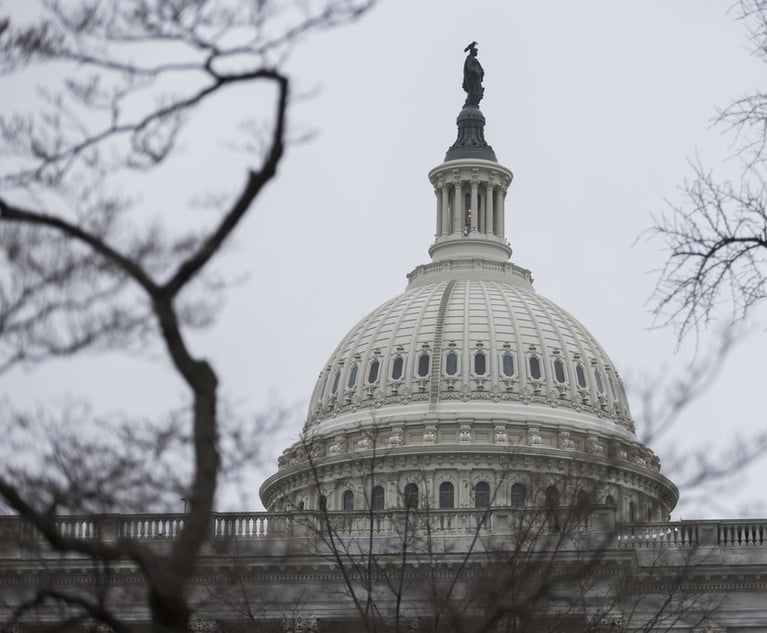Nondisclosure agreements, or NDAs, have been the long-standing “easy child” of the contract family, because they have historically been limited in scope, purpose and length. But this may be changing, as an increasing number of companies are attaching entire data processing addenda (DPA) or related privacy and security terms to their NDA templates. This article examines each side of the DPA/NDA conundrum and offers critical considerations for legal teams trying to navigate to a resolution.
Let’s first address the why of the new language. The most likely catalyst for this growing trend of attaching DPAs to NDAs is the recent expansion of the definition of personal data to include business contact information (i.e., company email addresses and phone numbers) across major global privacy laws. Prior to this expansion of regulatory scope, business contact information was considered publicly available and, therefore, did not require a DPA for access or processing of that information. Increasingly, global companies may find it difficult to exclude data protection terms from NDAs.


 Jennifer Lynne Kottler is a senior commercial attorney with QuisLex. (Courtesy photo)
Jennifer Lynne Kottler is a senior commercial attorney with QuisLex. (Courtesy photo)





